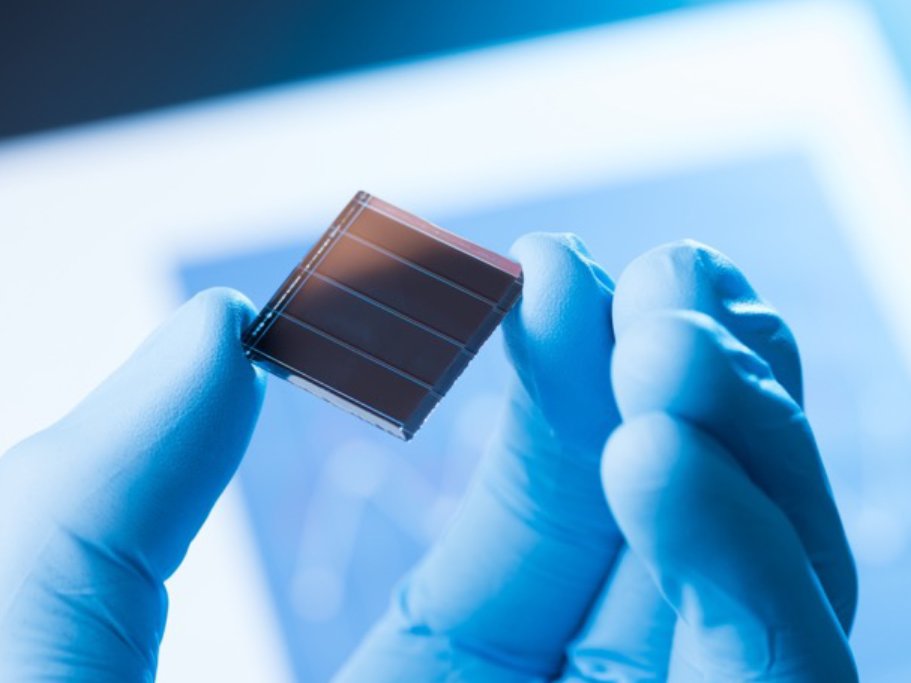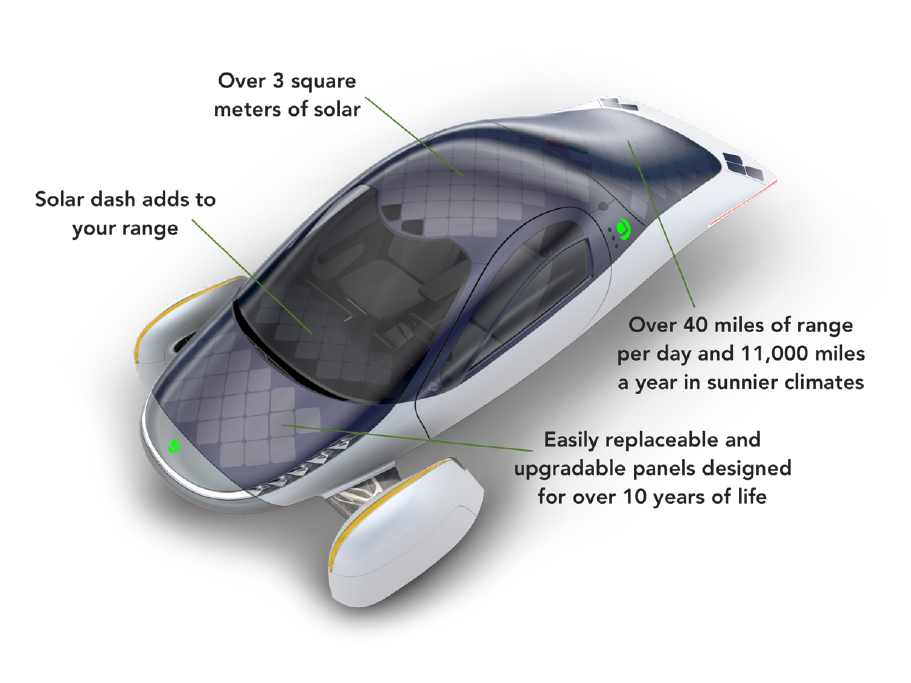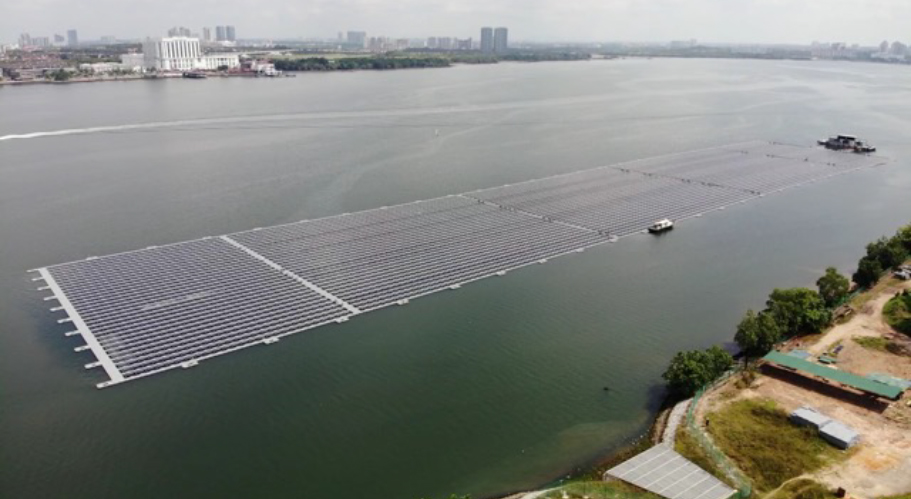
By Jeffrey Selamutu & Athena Hair
June 24, 2021
Solar Energy refers to renewable energy from the sun that is converted into thermal or electrical energy. In recent years, solar energy has developed in ways that seemed unimaginable just a few years ago.
You might have seen solar panels installed on the rooftops of some private houses and even some public housing blocks, but here are some new developments in solar technology that are making news.
1. Solar Skin
No, not the type of skin you have. Solar skin is a flexible, transparent material that is very thin yet very efficient at producing an electrical current when it’s exposed to sunlight. Essentially, it can be a sort of cling wrap that can wrap around any object, to produce energy. It is infused with billions of tiny, photoelectric particles called ‘Quantum Dots’, and these particles get excited when they are subjected to photons, which is what sunlight is chiefly composed of. There have been numerous studies on its applications, including the more recent look at using solar skin to charge your mobile phone or through PV cells wrapped around the outside surface of buildings to generate energy. Think of solar skins as leveling up from the current standard solar panels.
2. Solar Fabric
Solar Fabric, as the name suggests, is similar to the the material that is used to make clothes. Solar cell fabric is embedded with photovoltaic (PV) cells which generate electricity when exposed to light. This means that, the fabric is flexible, and can be stuck on to almost any surface.
One way that this can be used in the world of textiles and fabrics, you can put the solar cell in tent fabric. This solar tent ends up becoming incredibly practical since it will help provide people with enough power to manage basic needs, and avoid having to deal with carrying a generator. This is especially great in situations of disasters or emergencies where people are forced out of their homes and need to survive. This will provide relief to the people in the tent in many ways. This allows for a quick setup and the only thing you need to do is make sure that your tent is properly set up in an area that has enough sunlight to power the tent.

The fact that research is now looking into making these cells waterproof is also great since it will allow people to use the cells in wet environments and to withstand the tumbles and cycles of a laundry machine.
3. Solar powered cars
Yes, you heard us right. The Future is here. Aptera Motors, a California company is rolling out the first mass-produced solar car this year. It’s a three-wheel, ultra-aerodynamic electric vehicle covered in 34 square feet of solar cells. The car is so efficient that, on a clear day, those cells alone could provide enough energy to drive about 65km.

4. Generating solar energy at night
How does this happen without the sun? Besides tapping into energy storage systems (ESS) which stores solar energy for later use, researchers have designed a new solar cell that can generate up to 50 watts of power per square meter at night under certain conditions.
The new panel works the way a normal solar cell does except in reverse. Unlike a photovoltaic cell, a thermoradiative cell generates power by radiating heat to its surroundings and when pointed at the night sky it emits infrared light because it is warmer than outer space. So now, there’s even less of an excuse to not switch to renewable energy sources.
5. Floating solar farms
Floating photovoltaic panels — or “floatovoltaics,” as some call the devices — could generate large amounts of electricity without taking up valuable real estate. Floatovoltaics cost less to install than traditional land-based solar panels, in part because there’s no need to clear land or treat soil. And research shows that the natural cooling effect of the water below can boost solar panels’ power production by up to 22 percent.
In a small country like Singapore with space constraints, a floating solar farm is the best way to harvest solar energy. And that is exactly what EDP Renewables (known as Sunseap then) has done. With a total of 13,312 panels, 40 inverters and 30,000 floats, the installation is expected to produce an estimated 6,022,500 kilo-watt-hours (kWh) of energy per year.

With the increased emphasis on solar technology in recent years, there’s no doubt that there is more room for innovation. Here at EDP Renewables, we believe that our passion for sustainability will lead to many new developments in the solar industry.